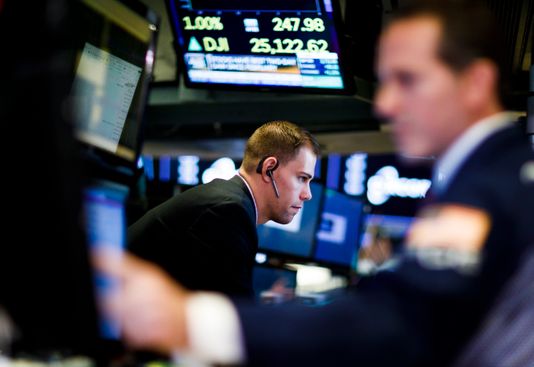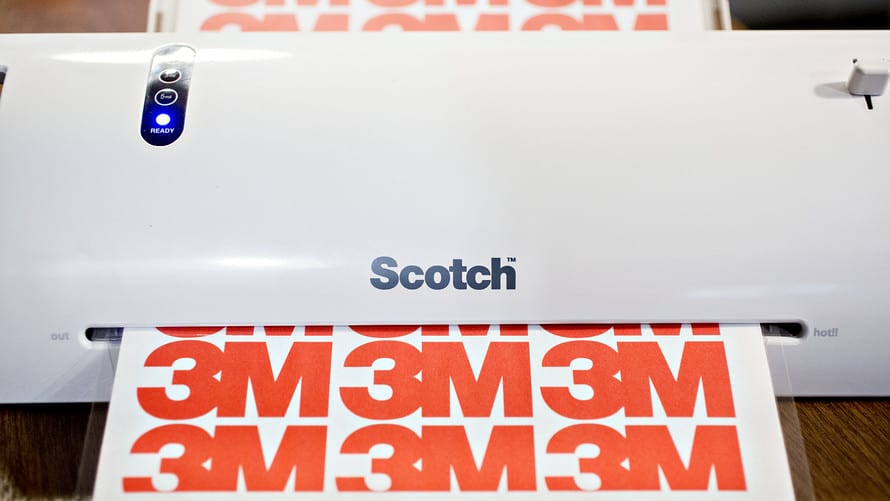
The stock market, which looked on the verge of a bust last week, is suddenly booming again.
What changed? How did the mood of the market turn from a “get-me-out” mentality to a mindset of “it’s a good time to get back in”?
Here are three reasons why the Dow Jones Industrial Average on Wednesday posted its biggest point gain since March and its fifth best in history, rallying more than 600 points and capping off a three-day run in which it racked up a nearly 1,100-point gain.
1. Nothing goes down forever
The blue-chip stock average tumbled more than 2,500 points, or nearly 10 percent, from its Oct. 3 record high of 26,828. Some popular technology stocks, including social media giant Facebook, suffered losses that were double or even triple that of the Dow.
Sparking the scary fall – which many Wall Street analysts say pushed stock prices down way more than they likely deserved – was a growing list of fears that led investors to believe that the good times for the U.S. economy, Corporate America and Wall Street were nearing an end.
The main culprits for the rising pessimism? Worries that interest rate hikes from the Federal Reserve, the fallout from the trade spat between the U.S. and China and slowing global growth would cause corporate profit growth to slow dramatically and push the economy into recession.
2. Rate fears fade
One big risk appeared to get downgraded Wednesday from severe red alert status to lower-level worry. In a speech at the New York Economic Club, Federal Reserve Chair Jerome Powell, who on Tuesday was criticized for hiking interest rates too much by President Donald Trump in an interview with The Washington Post, backed off comments from early in October that suggested the central bank’s rate-hike campaign was far from over. This time, Powell said the Fed may not have to raise rates much more before hitting its long-term target, or so-called “neutral” rate.
“Interest rates,” Powell said, “remain just below” the level the central bank says neither speeds up or slows down the economy.
Wall Street cheered the change in language, interpreting it as a sign that the Fed will likely consider a pause in rate hikes after an expected rate increase at its December meeting. Higher borrowing costs, Wall Street fears, will hurt the economy.
“This is a major big change,” says Gary Kaltbaum, president of Kaltbaum Capital Management, adding that the Fed was once again backstopping Wall Street to “keep markets from cracking.”
Markets are also cheering Powell’s words suggesting there is “no preset policy” when it comes to the number of coming rate hikes, adds Cliff Hodge, director of investments for Cornerstone Wealth.
“It contrasts earlier language that indicated hikes were on, damn the torpedoes,” Hodge told USA TODAY.
3. Rising hopes for a trade truce
The other big overhang on the stock market has been Trump’s trade fight with China, the world’s second-biggest economy. Tariffs, which act like a tax on consumers and disrupt product supply chains, have been blamed for slowing commerce around the globe.
But hopes are rising for a thaw in the economic war, a truce of sorts, when Trump meets with China President Xi Jinping at the G20 summit in Argentina this weekend.
Any signs of progress in the negotiations between the world’s two largest economies could spark more gains in a stock market that has been battered in recent weeks.
“If we get any positive news out of the G20, stocks will be off to the races,” Hodge says.























